CBT techniques for anxiety include tracking and reframing negative thoughts, gradually facing fears with exposure exercises, practicing relaxation and mindfulness, and using worksheets to record progress. Practicing these skills consistently between therapy sessions helps reduce anxiety, improve coping, and build long-term confidence. Exposure exercises should always be done with a therapist to ensure safety and effectiveness.
If anxiety is making everyday life feel harder, you are not alone. Feeling stuck in cycles of worry, panic, or racing thoughts can leave you exhausted. Cognitive Behavioral Therapy, or CBT, is one of the most researched and effective treatments for anxiety because it teaches practical skills you can actually use.
The best part is you don’t have to wait until your next session to start seeing benefits or practicing CBT techniques. CBT techniques and worksheets are designed to be practiced between sessions, helping you build momentum and confidence.
This guide breaks down the most common CBT exercises for anxiety and shows you how to make them part of your daily life.
What Are CBT Techniques for Anxiety?
CBT is a structured, skills-based therapy that focuses on the connection between thoughts, feelings, and behaviors. The exercises are designed to help you:
- Notice negative thought patterns that fuel anxiety
- Challenge and reframe unhelpful thoughts
- Gradually face fears instead of avoiding them
- Calm your body and nervous system during stressful moments
These techniques are evidence-based, meaning research shows they can reduce anxiety and improve day-to-day functioning when practiced consistently.

Spotting Negative Thoughts and Reframing Them
Anxiety often shows up as automatic negative thoughts. These are the repeated worries or “what if” scenarios that feel impossible to ignore. The first step is noticing them.
Start by tracking your thoughts in a journal or worksheet whenever anxiety spikes. Ask yourself:
- What am I thinking right now?
- Is this thought based on fact or assumption?
- How likely is this to happen?
Once you notice a negative thought, the next step is challenging it. For example, if you think, “I always mess up at work,” you can ask:
- Has this actually happened every time?
- What evidence shows I have done well?
Then replace the thought with a more balanced perspective:
- I have made mistakes, but I have also completed projects successfully.
Practicing this consistently helps your brain break the automatic worry loop.
Exposure Exercises: Facing Fears Step by Step
Avoidance can make anxiety worse. Exposure exercises help you gradually face situations or triggers in a safe, structured way. Start small and work your way up.
For example, if social situations make you anxious:
- Step 1: Send a short message to a friend
- Step 2: Join a small online discussion
- Step 3: Attend a brief in-person event
- Step 4: Have a longer conversation in person
The goal is not to eliminate anxiety immediately but to show your brain that you can handle discomfort without catastrophe. Over time, repeated exposure reduces fear and builds confidence.
Exposure exercises can be highly effective for reducing anxiety, but they should always be done with the guidance of a licensed therapist. Attempting these on your own without professional support can increase anxiety, trigger panic attacks, or reinforce avoidance behaviors. A therapist can help you plan steps that are safe, manageable, and tailored to your specific triggers, provide support if anxiety spikes, and ensure you are practicing in a way that actually builds confidence rather than worsening symptoms.
Relaxation and Mindfulness Practices
Calming the body is just as important as changing your thoughts. CBT often includes techniques to reduce physical symptoms of anxiety. Some strategies you can try include:
- Deep breathing exercises: Slowing your breath helps calm your nervous system, reducing rapid heartbeat and racing thoughts. Even a few focused breaths can make anxiety feel more manageable.
- Progressive muscle relaxation: This involves tensing and then relaxing different muscle groups. It helps release physical tension that often comes with anxiety and teaches your body to recognize when it is holding stress.
- Mindful body scans to notice tension: By paying attention to sensations in different parts of your body, you can notice tension or discomfort early. This awareness lets you release stress and stay connected to the present moment.
- Grounding techniques to stay present: These strategies bring your attention back to the here and now, which can stop spiraling thoughts. Examples include noticing objects around you, describing sensations, or focusing on your feet on the floor.
These practices help interrupt the stress response, lower heart rate, and make it easier to apply other strategies in real time.
Worksheets and Practice Tools That Help
Using worksheets can make CBT exercises easier to follow. Examples include:
- Thought records for tracking automatic thoughts. Track automatic thoughts as they pop up. Write down the situation, the thought, and how it made you feel. Then challenge it with evidence and try a more balanced perspective. This helps you notice patterns and gradually change unhelpful thinking.
- Anxiety logs to identify triggers and patterns. Keep a simple log of when anxiety hits, what triggered it, and how intense it felt. Over time, you’ll spot patterns and understand what situations, thoughts, or physical sensations tend to make anxiety worse.
- Behavioral experiment sheets to track outcomes. Test your anxious predictions in real life. For example, if you fear speaking up in a meeting, record what you expected to happen, what actually happened, and what you learned. These experiments help you see that anxiety doesn’t have to control outcomes.
- Relaxation practice logs. Track your use of techniques like deep breathing, progressive muscle relaxation, or grounding exercises. Writing down when and how you practice helps you stay consistent and notice improvements in both body and mind.
The key is consistency. Spending a few minutes each day recording thoughts, experimenting with exposures, or practicing relaxation reinforces new habits and accelerates progress.
Download the Guide: Challenging Anxious Thoughts
How Often Should You Practice CBT Techniques?
CBT works best when techniques are applied regularly. Most people benefit from daily practice, even in small doses. For example, you might:
- Spend five minutes in the morning reviewing thought patterns
- Do a short relaxation exercise before a stressful event
- Record one behavioral experiment at the end of the day
CBT isn’t just a therapy you do in a session. It’s a toolkit for real life. By practicing techniques like thought reframing, exposure exercises, behavioral experiments, and relaxation strategies, you can reduce anxiety, build confidence, and respond to triggers more effectively. Worksheets and structured exercises make it easier to stay on track and measure progress.
Even small, daily steps can make a big difference. The more you practice, the more these skills become second nature, helping you take control of anxiety rather than letting it control you.

Bre Lane is a licensed clinician at Spring Health who specializes in working with individuals who are new to therapy as well as those who may not traditionally seek professional support. She creates an approachable and supportive environment that helps clients feel comfortable engaging in the therapeutic process. With expertise in boundary-setting, advocacy, and self-awareness, Bre empowers clients to build the foundational skills necessary for resilience, emotional well-being, and long-term personal growth.
.png)
Melanie Glassey, LPC, and art therapist at Spring Health who specializes in working with children, teens, and young adults. She integrates creative arts therapy with evidence-based clinical approaches to help clients build emotional awareness, manage anxiety, and strengthen emotion regulation skills. Melanie has expertise supporting clients through life transitions, identity exploration, and pregnancy or postpartum experiences, including those who identify as neurodiverse. Her approach fosters a safe, engaging, and growth-oriented space where individuals can explore healing and resilience through both traditional and expressive therapies.
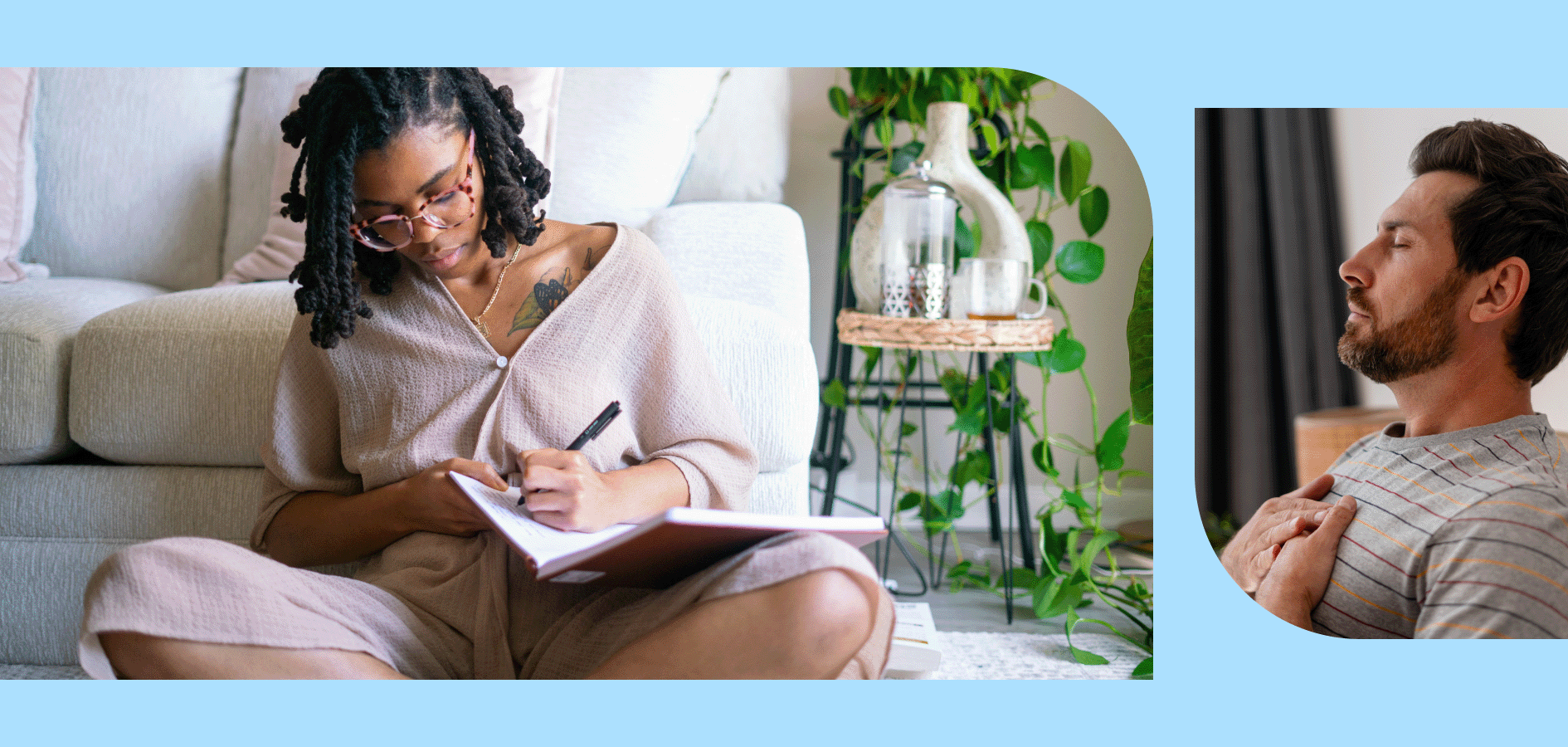
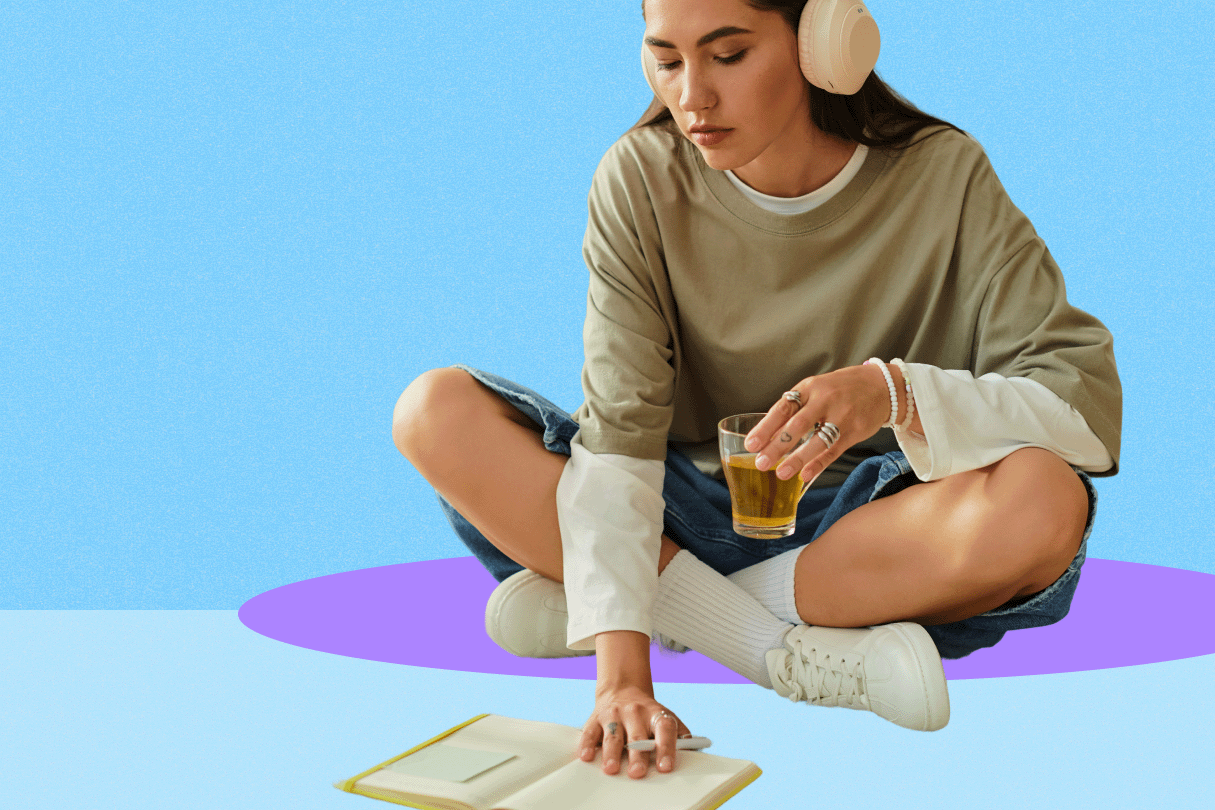

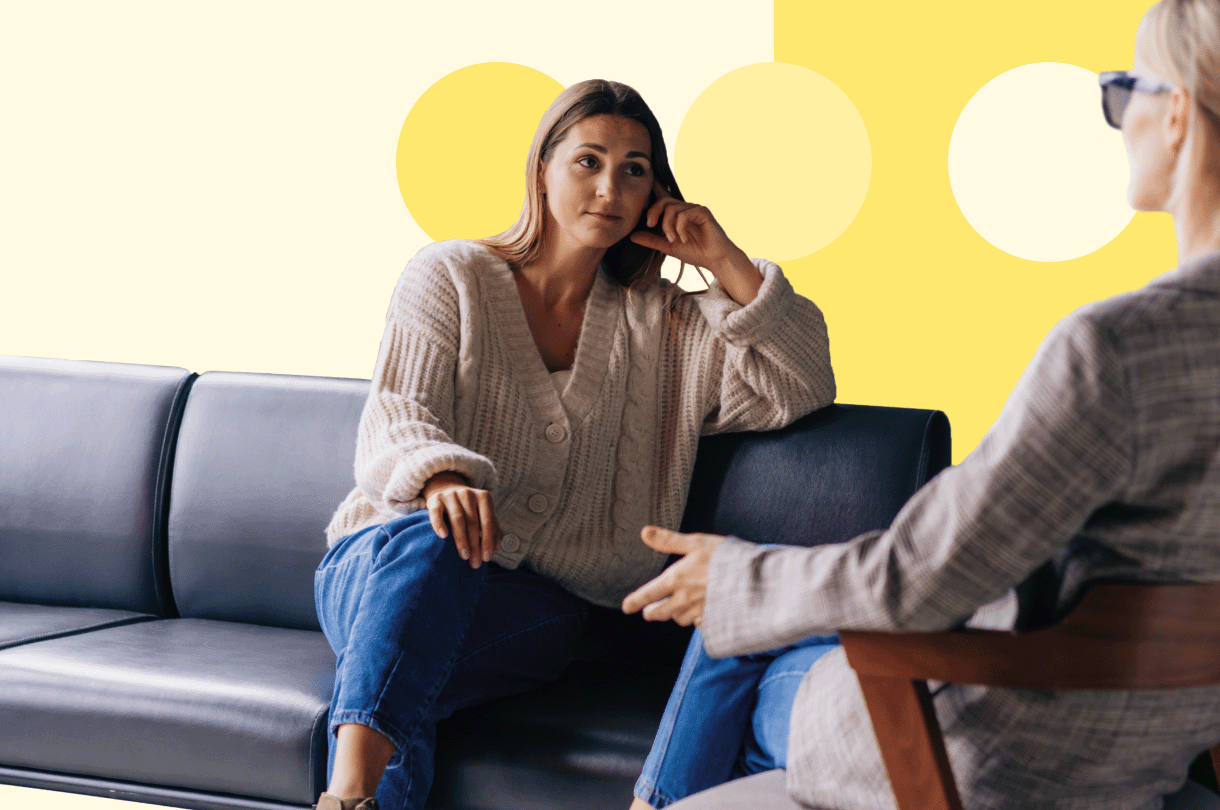
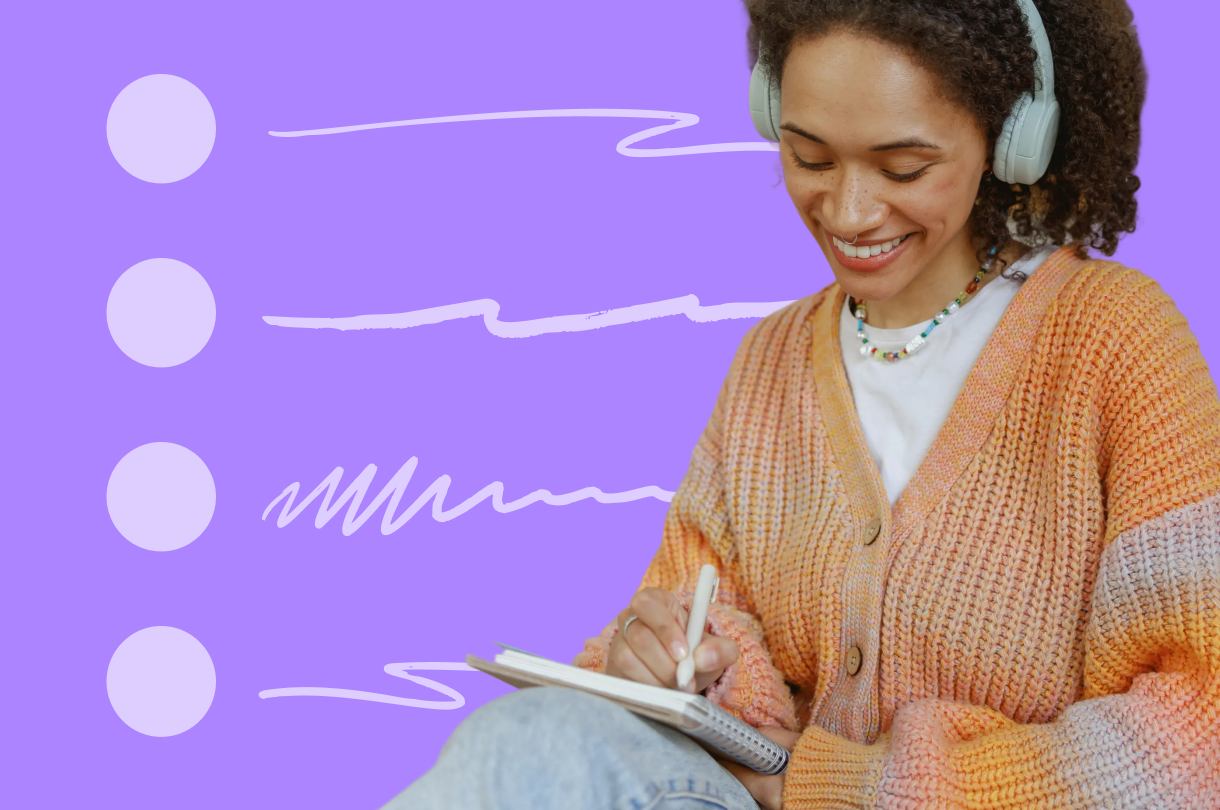

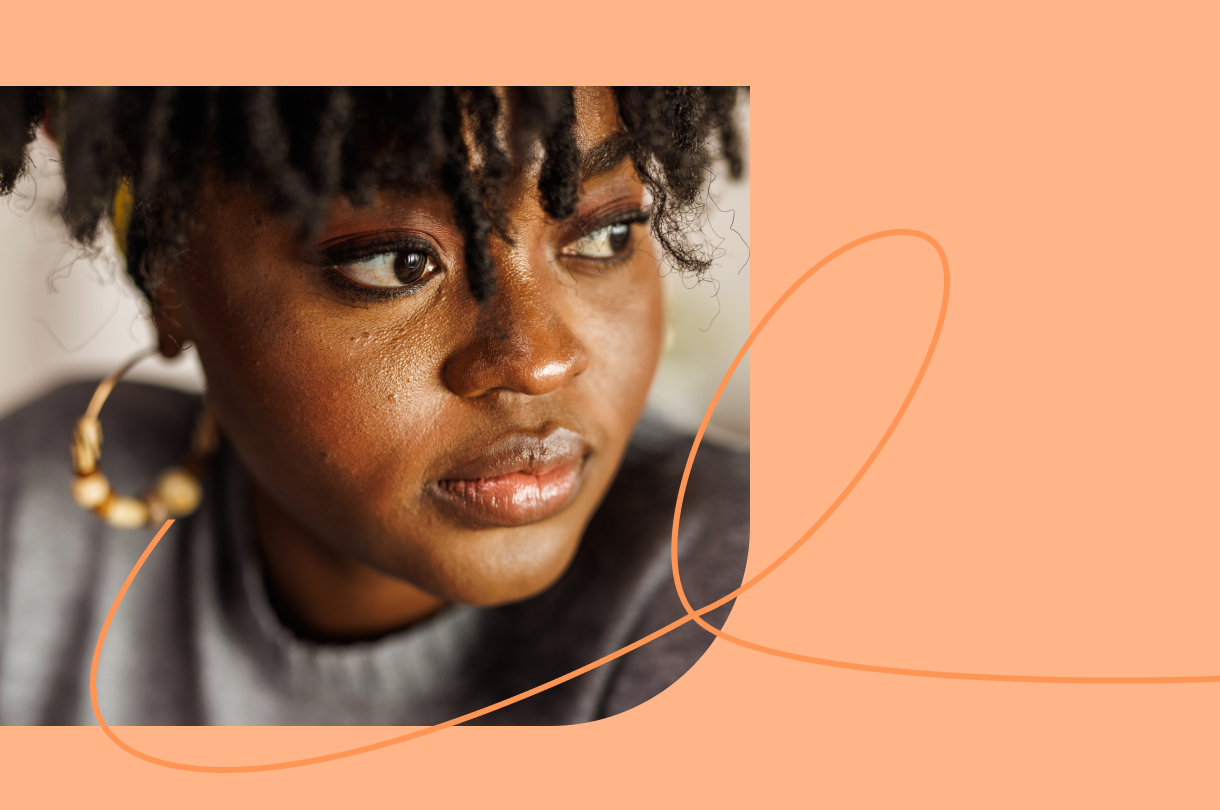
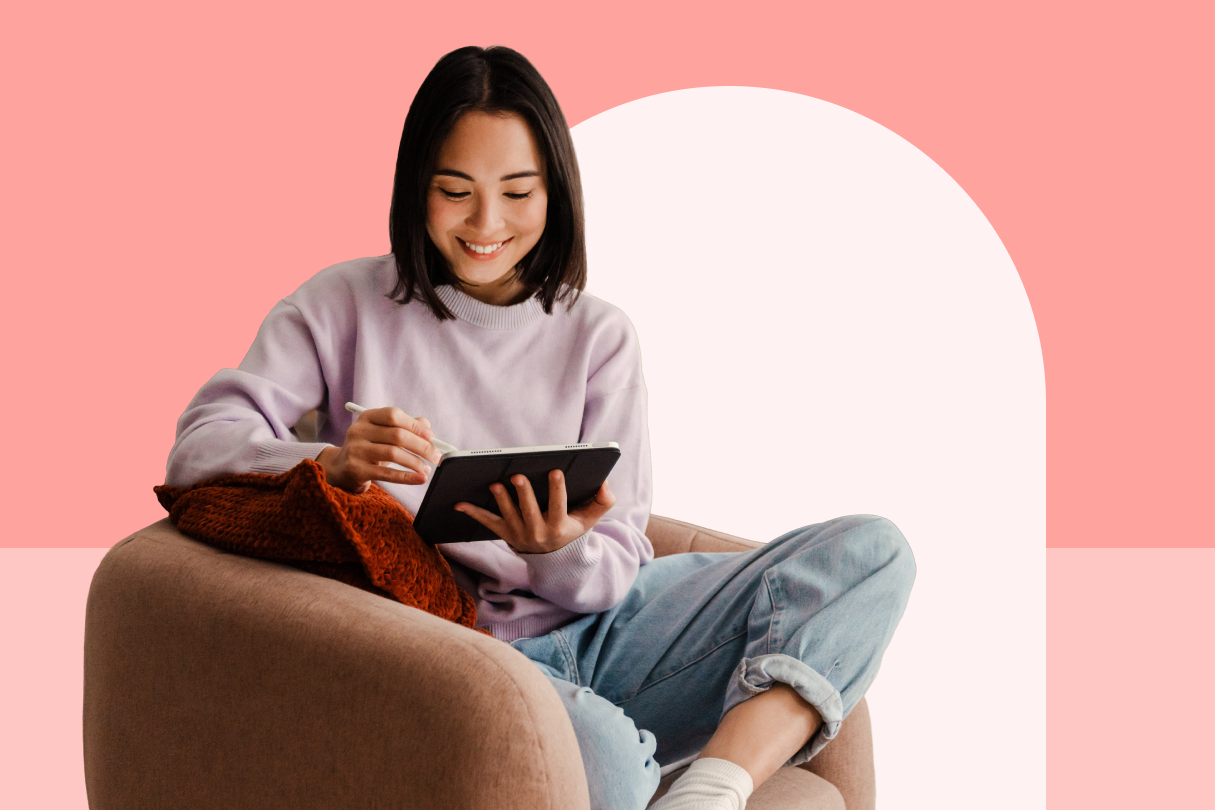

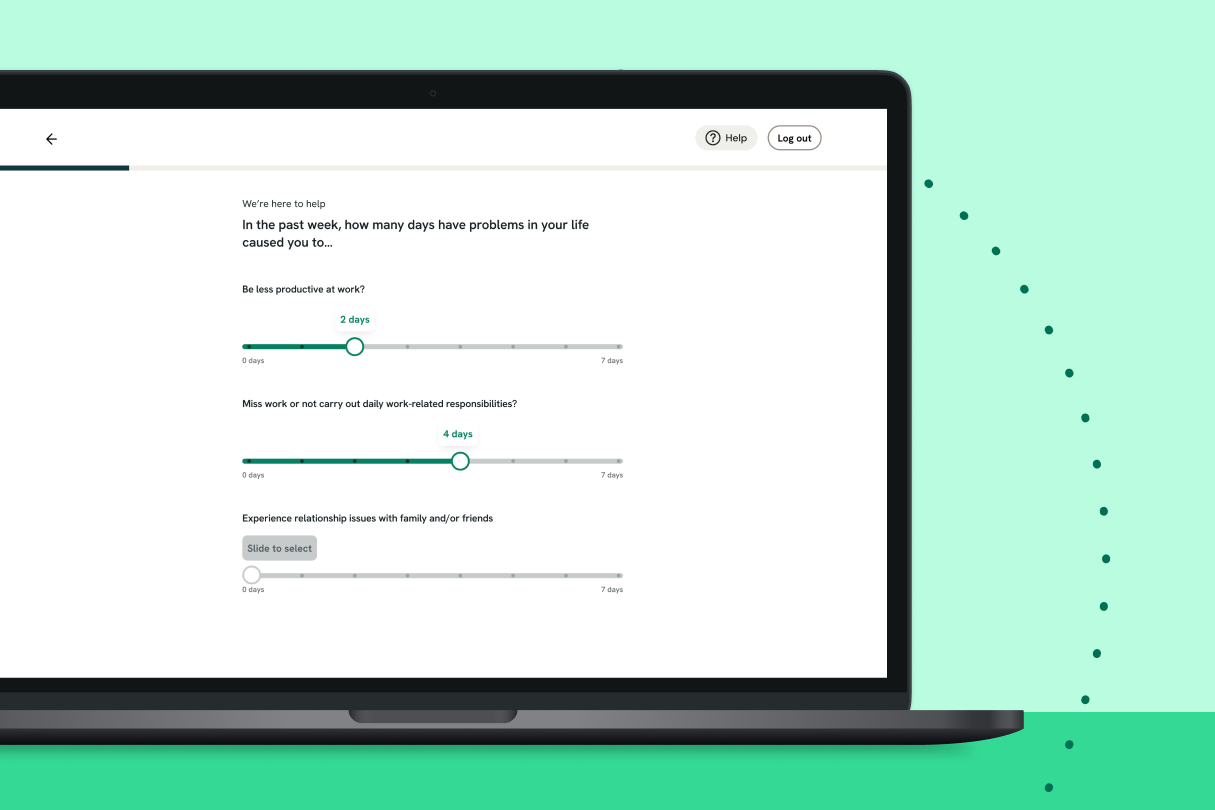
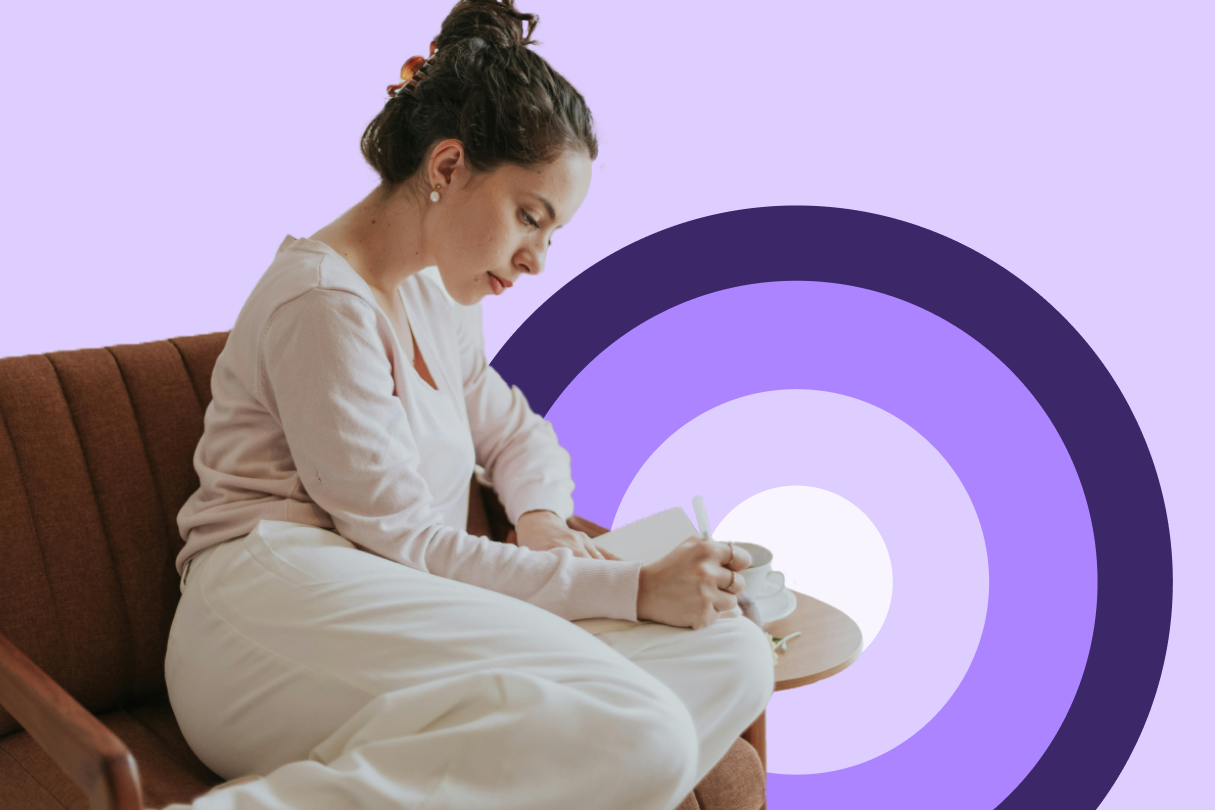
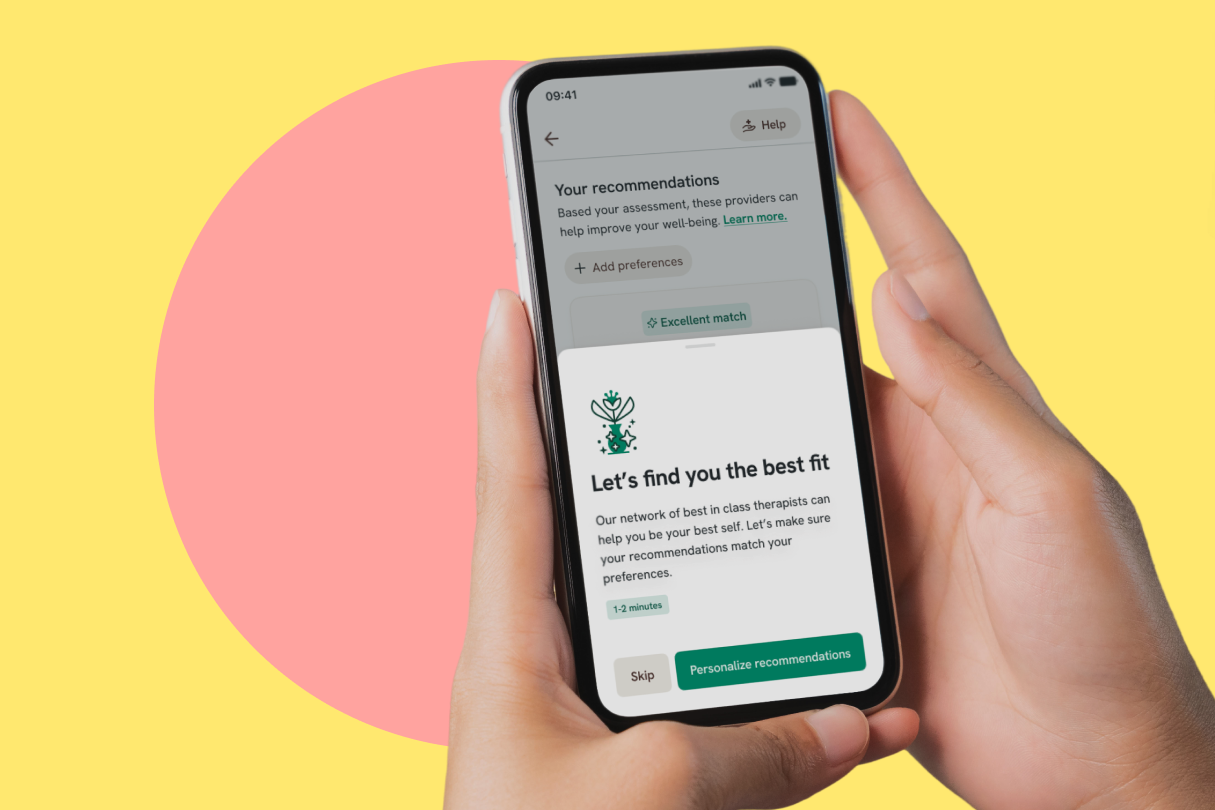
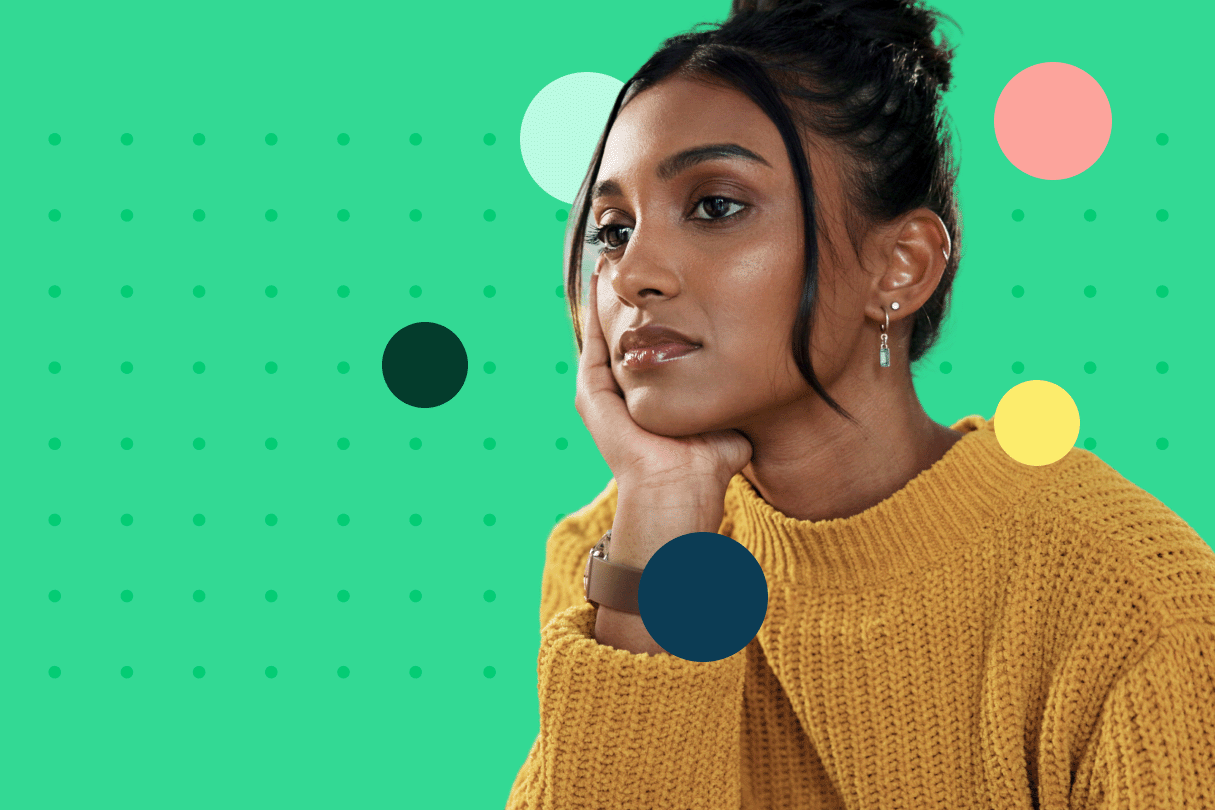


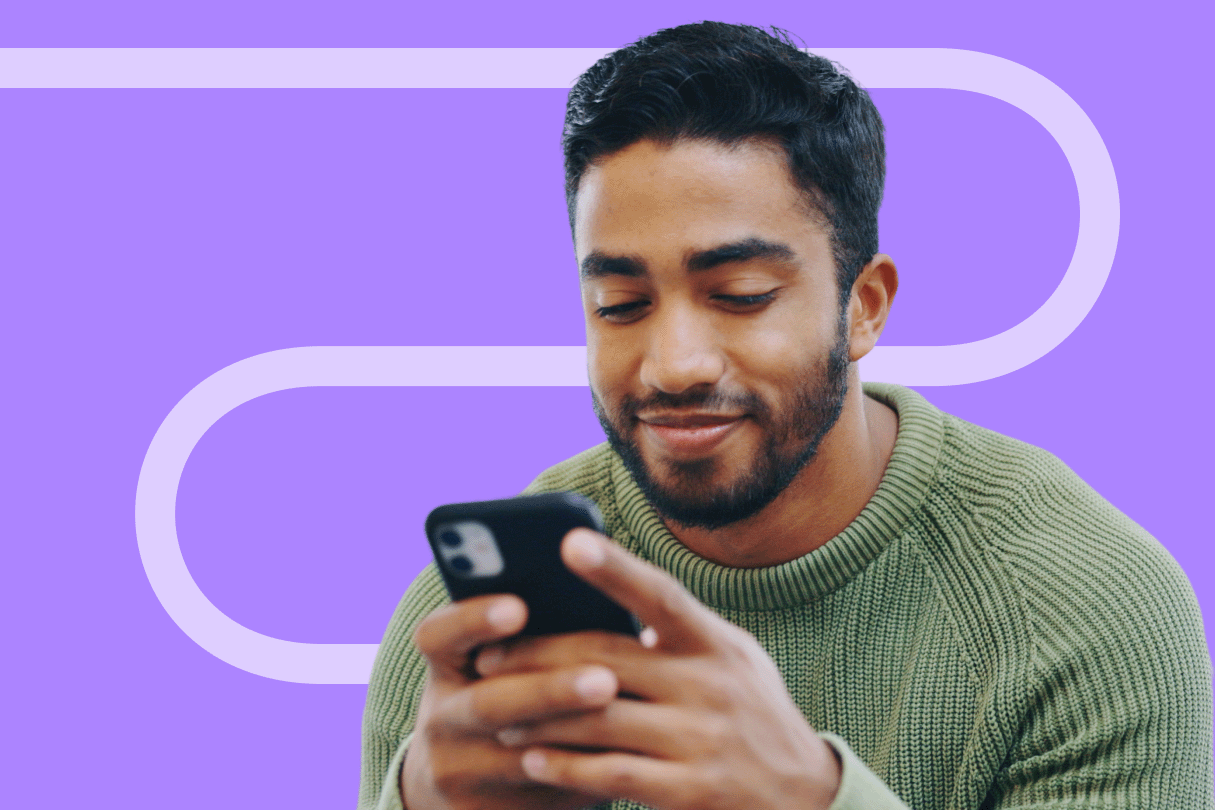

-Preview%20Image.png)



